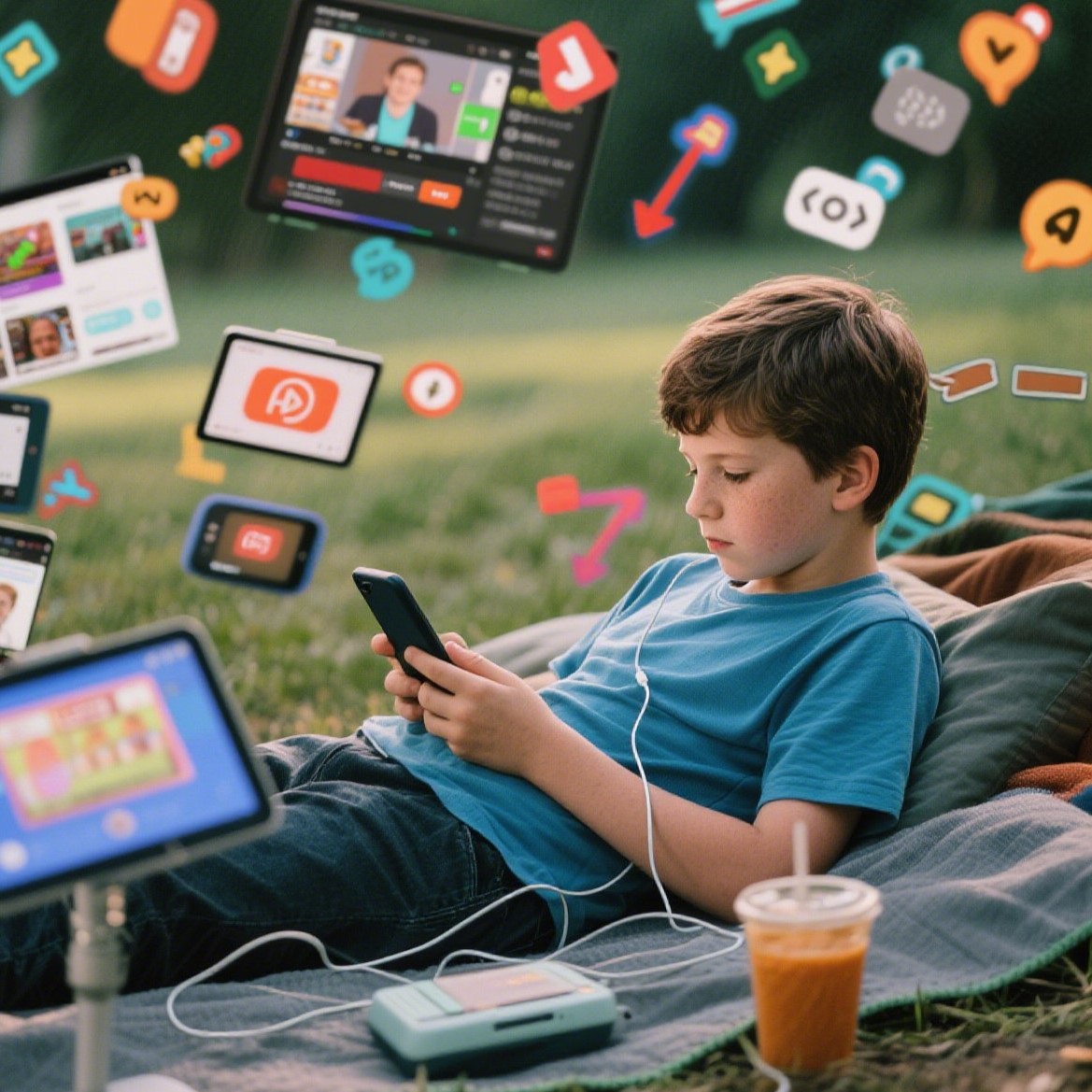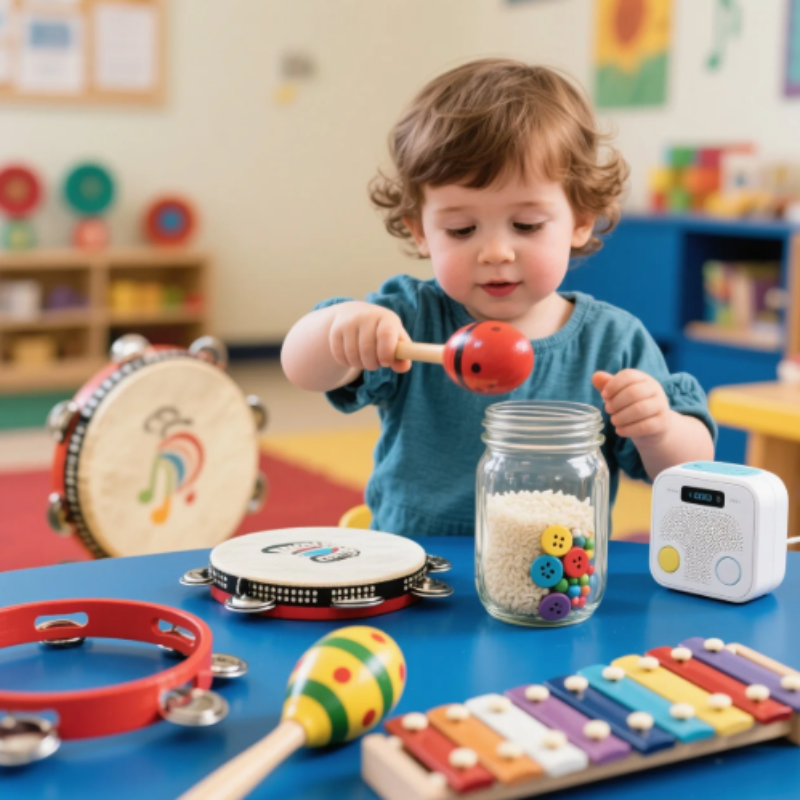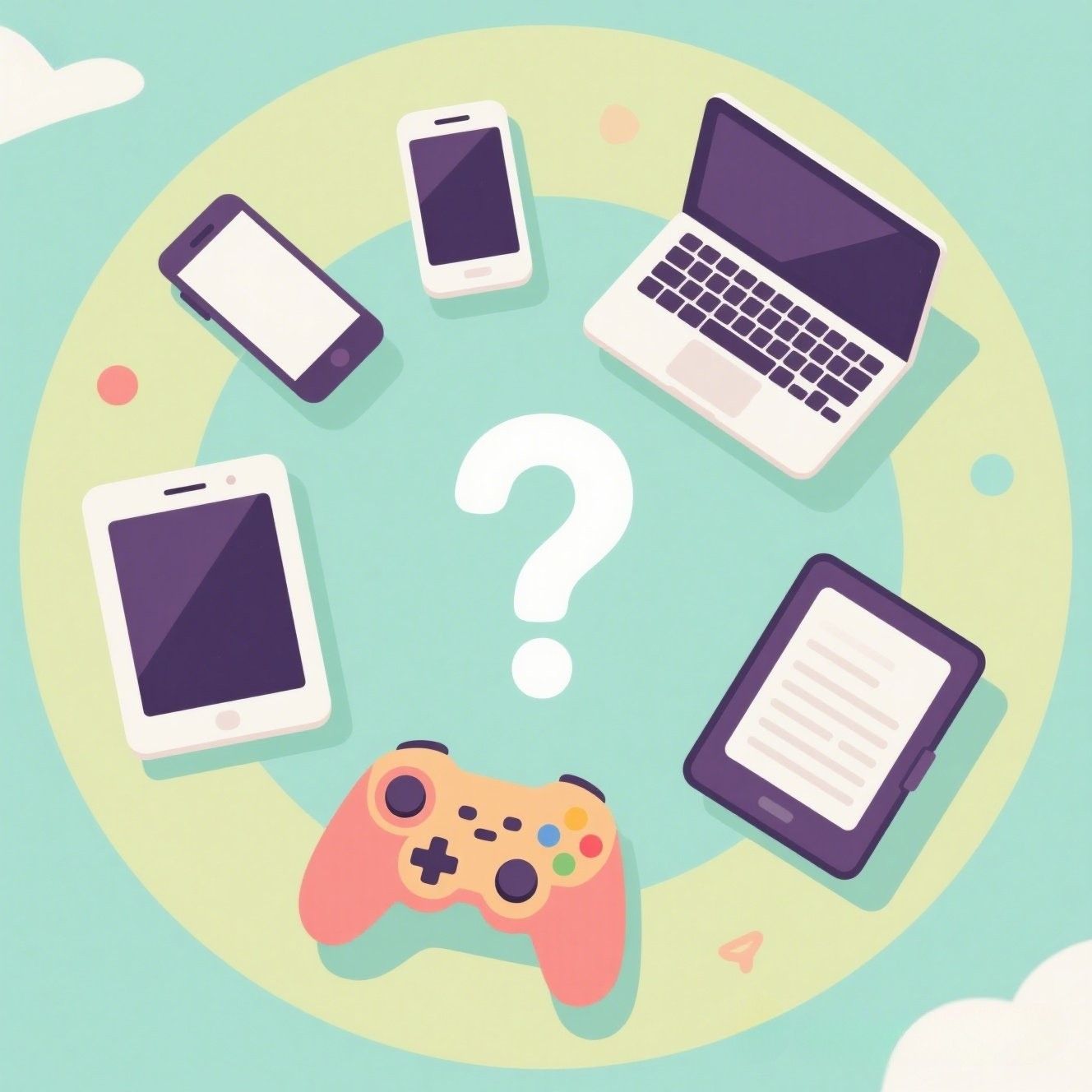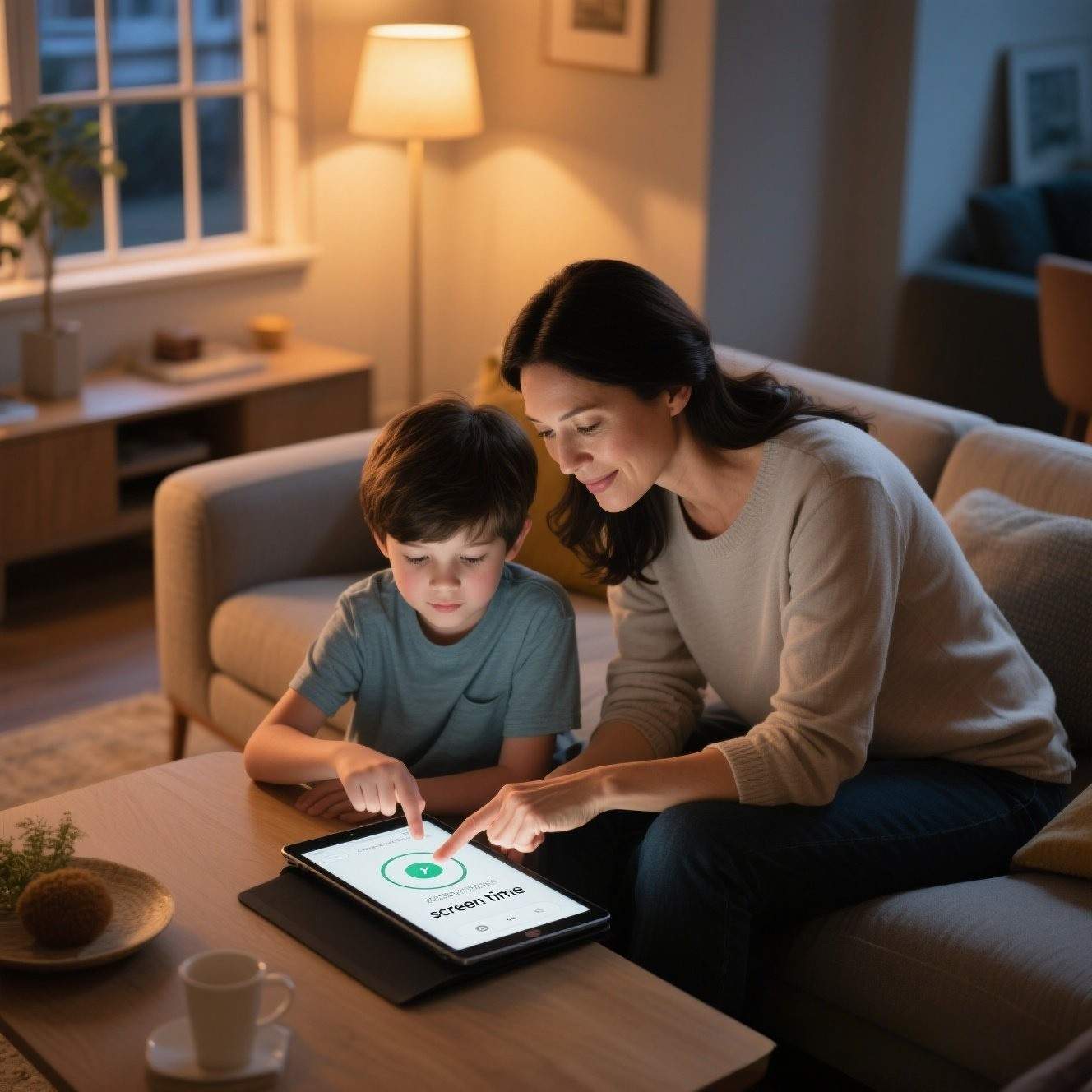In a world buzzing with notifications, video loops, and infinite scrolls, it’s no surprise that attention spans are under siege. For people with ADHD (Attention-Deficit/Hyperactivity Disorder), this can be even more overwhelming. Enter the concept of a digital detox—a conscious break from screens and devices. But the big question is: Can unplugging actually help someone with ADHD?
Let’s explore what a digital detox is, how it affects the ADHD brain, and whether it truly helps manage symptoms.
🌐 What Is a Digital Detox?
A digital detox is a temporary period of refraining from using digital devices like smartphones, computers, tablets, and social media. The goal? To reduce mental clutter, restore focus, and reconnect with the real world.
For someone with ADHD—whose brain is already dealing with issues in attention regulation, impulsivity, and overstimulation—a detox offers a chance to quiet the digital noise.
🧠 Why ADHD and Digital Overload Don’t Mix Well
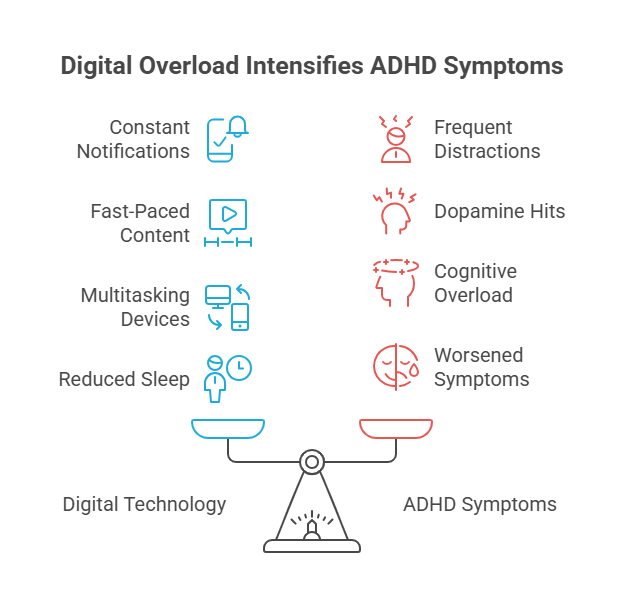
People with ADHD are especially sensitive to the instant gratification loop of digital technology. Here’s why:
- Constant notifications = frequent distractions
- Fast-paced content (like TikToks or gaming) = dopamine hits that can become addictive
- Multitasking with devices = cognitive overload and decreased productivity
- Reduced sleep due to screen time = worsened ADHD symptoms
This means that for someone with ADHD, screens aren’t just distracting—they can intensify symptoms.
✅ Potential Benefits of a Digital Detox for ADHD
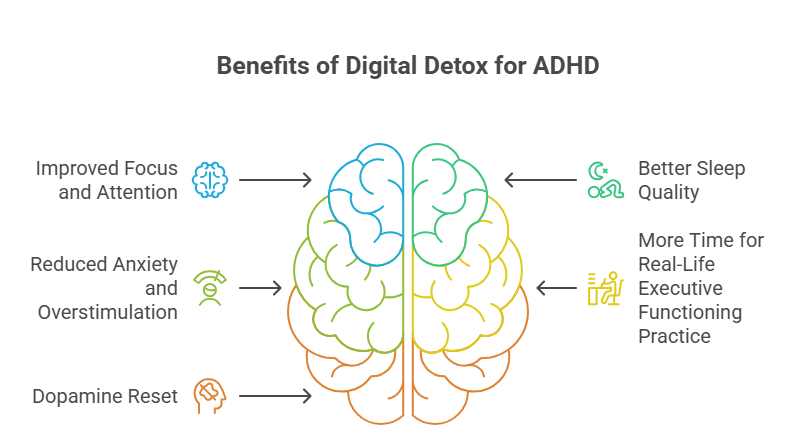
- Improved Focus and Attention
Stepping away from screens helps the ADHD brain avoid constant interruptions and re-learn sustained attention in real-world environments. - Better Sleep Quality
Less screen time—especially before bed—can regulate melatonin production, helping those with ADHD get deeper, more restorative sleep. - Reduced Anxiety and Overstimulation
Social media and digital multitasking often increase anxiety. A break can bring emotional clarity and calm the nervous system. - More Time for Real-Life Executive Functioning Practice
Without digital distractions, individuals can engage in goal-setting, time management, and problem-solving—skills often impaired in ADHD. - Dopamine Reset
Devices can create a “dopamine burnout.” A detox helps rebalance the brain’s reward system, making everyday tasks feel less boring or hard to start.
⚠️ But It’s Not a Magic Cure
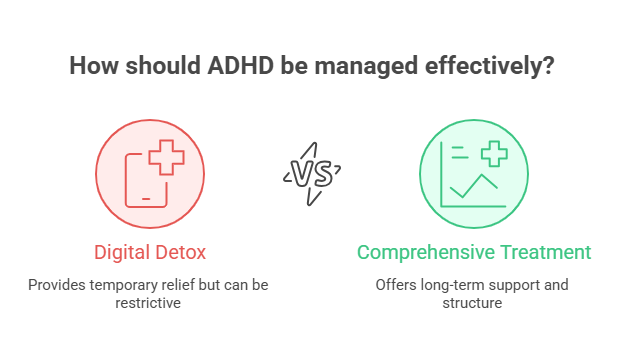
While a digital detox can offer relief, it’s not a standalone solution for ADHD. It’s most effective when used alongside:
- Professional treatment (medication, cognitive behavioral therapy, ADHD coaching)
- Structured routines and lifestyle changes
- Supportive environments at work, school, or home
In some cases, going fully offline can even feel too restrictive and backfire—especially if the detox isn’t personalized.
🛠️ Tips for a Gentle ADHD-Friendly Digital Detox
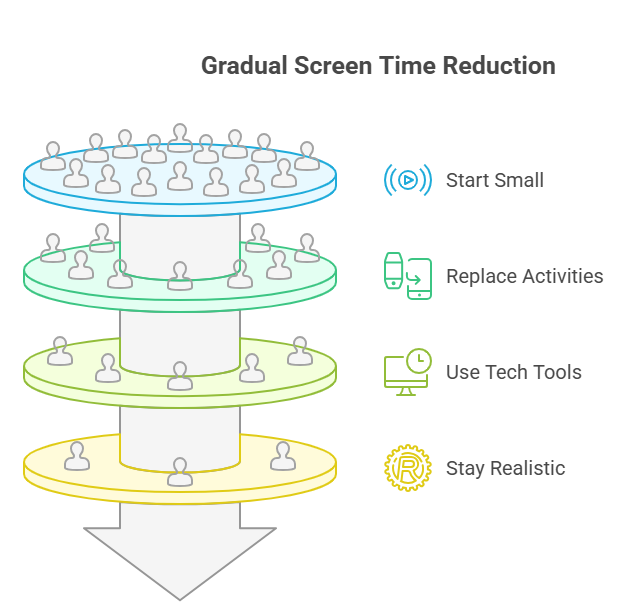
- Start small: Try screen-free mornings or a tech-free hour before bed.
- Replace, don’t remove: Swap screen time with engaging physical activities, art, or nature walks.
- Use tech to fight tech: Apps like Forest or Freedom help regulate screen use without ditching devices completely.
- Stay realistic: Total detoxes might not work for everyone. Focus on reducing overstimulation, not perfection.
🧭 Final Takeaway: A Reset, Not a Fix
Yes, digital detox can help ADHD—but only when done mindfully and in balance with daily needs and personal boundaries. It can reduce distractions, improve focus, and restore emotional balance, but it should be part of a broader ADHD management plan.
The goal isn’t to escape technology forever. It’s to use it more consciously—with your brain, and your well-being, in mind.
📴✨ Sometimes, powering down is the first step to powering up your focus.

